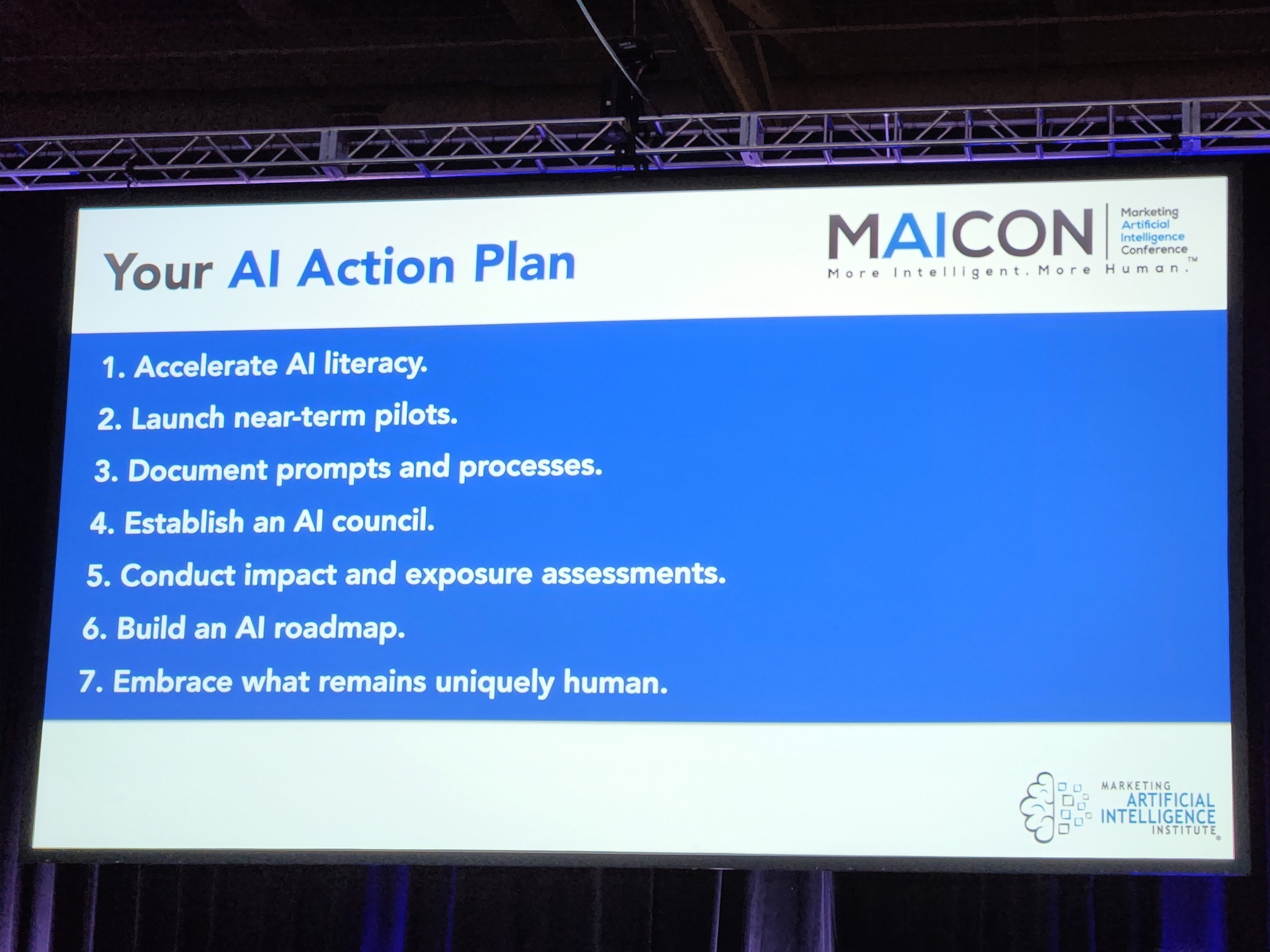author
William McKee
If you’re an older business, your website has probably evolved to become an extension of a brick-and-mortar storefront (or multiple storefronts if you’ve experienced success). For newer companies born in the Internet era, an online presence might have been the driving impetus—or at the very least a serious consideration—of your start-up plan. While the age of your business might have dictated your website strategy at the time, what many old and new businesses alike struggle to capitalize on is lead generation.
We’ve said it once, and we’ll say it again: you should never create content for content’s sake. Online there is a fierce competition for your customers’ attention, and the winner is usually the one who is best solving the customer’s problem. When you start looking at your online efforts in this problem-solving light, then you can begin structuring a comprehensive lead generation strategy designed to turn those visitors into sales-qualified leads.
In our experience, it’s difficult for clients to develop online lead generation best practices; often it’s hard to know where to begin since your products or services are entirely unique. Here are a few quick steps to building a lead generation strategy to get you started.
Create Personas for Your Online Audience
Let’s start this section with another question: if you don’t know what motivates your customers, how can you possibly create content that solves their specific problem? This is precisely what personas are for, and developing them is one of the first steps you should take in creating your lead generation marketing strategy.
In our experience, when you’re making assumptions about your customers, you’re making a grave mistake. So by developing personas around your subsets of customers, you can ensure those visitors—visitors that can ultimately become leads—don’t slip through the cracks.
Some companies might only need one persona, while others might have a handful. And you can dive as deep as you want; we’ve seen some businesses that only define age, gender, occupation, goals, and pain points, while others will tack on an entire biography or back story. No matter how detailed your personas are, having them will only help you create an online destination that is meeting your customers’ needs.
Implement the Four Ls?
Since this will be the biggest section of this post, let’s get right to those Four Ls for the uninitiated:
Lead Capture:
In 2020, it’s harder to get a visitor to opt in than ever before. They guard their email address—thanks to the deluge of spam they navigate on a daily basis—with fierce protectiveness. So you have to give them something valuable in return before they will provide any information on themselves. If you adopt this “give before you ask” philosophy, you can earn their trust—and their email address to continue the dialogue.
Lead Magnets:
Lead magnets are “tools that provide value for your visitors in exchange for their contact information.” And “tools” can basically be translated as desirable content, such as educational videos, white papers, or webinars that serve two purposes: capturing their email address and letting them know what your business is all about.
Landing Page Conversion Techniques:
Whether it’s for a temporary marketing campaign or a longstanding one, a landing page is a useful tool for pulling visitors deeper into your sales funnel. With the right ads, content, and calls-to-action (CTAs), you can convert visitors into leads—but only if you fulfill the promise you’ve made that enticed them to your landing page in the first place.
Lead Scoring:
Of the four Ls, this is the one we find many businesses aren’t doing consistently. Hubspot describes this as “quantifying interactions that prospects have with your content by assigning points for different types of engagement,” which is an apt description. For example, if a prospect fills out an opt-in form they receive points, while unsubscribing from a newsletter leads to a pre-determined points deduction. Ultimately, this allows you to prioritize which leads are of the highest quality.
We know: that’s a lot. But by following the Four Ls, your chances of generating more leads will increase dramatically.
Track Content Success
Now that you have a better understanding of these critical lead generation tactics, we can dig a little deeper into content creation itself. Most online marketers understand that your content must be varied since different customers digest content in different ways. (That’s why you created those personas, right?) So you can use case studies and success stories to attract leads to your site. You can use informative landing pages, videos, and blog posts to keep them there. And then you can use well-designed CTAs and forms to convert them. While these are separate elements of your content strategy, they must work seamlessly together to support the sales funnel, too.
However, even if you’re doing all of this well, it’s crucial to track success rates. Which blog posts have the most clicks and comments? Which landing pages and CTAs convert the most visitors? Which video has gone viral and driven more traffic? Once you have this data, you have so many options: you can optimize what’s working best, tweak what’s having moderate success, and nix what’s not working at all.
Unfortunately, your website isn’t a case of “If you build it, they will come.” As we’ve noted you have to entice them to come, reward them for staying and clicking, and then track and test like crazy to fine-tune your lead strategy.
Incorporate SEO Into Your lead Generation Strategy
Now this is a case where “If you build it, they will come” is much more applicable. And by “building it,” we really mean using the right keywords within your content to increase your website’s search rankings, which is yet another way to attract the right visitors to your content organically.
The right SEO strategy has the potential to create a snowball effect; when you enhance your content and get on an SEO roll with search engines, over time it continually increases the amount of traffic to your site. Once again, this starts with understanding your audience (what keywords are they using and what is their search intent?) and letting the metrics dictate any shifts in strategy (which keywords are most successfully driving traffic?).
Build a Powerful Lead Generation Strategy With an Experienced Digital Marketing Agency
Developing a lead generation strategy isn’t easy. As we said at the outset, each business is unique, meaning there isn’t a one-size-fits-all strategy to employ. But by speaking to your personas, following the Four Ls, tracking content success, and incorporating SEO, you’ll slowly start to see more success. So be patient, and prepare for a ton of trial and error. And, even when you get it dialed it, keep asking questions. Because there will always be room for improvement.
Need help developing your website lead generation strategy? We’ve had success with our clients—and we can prove it. Check out our eBook about improving your websites ability to generate leads.
.webp?width=900&height=548&name=wyatt-mobile%20copy%20(2).webp)

